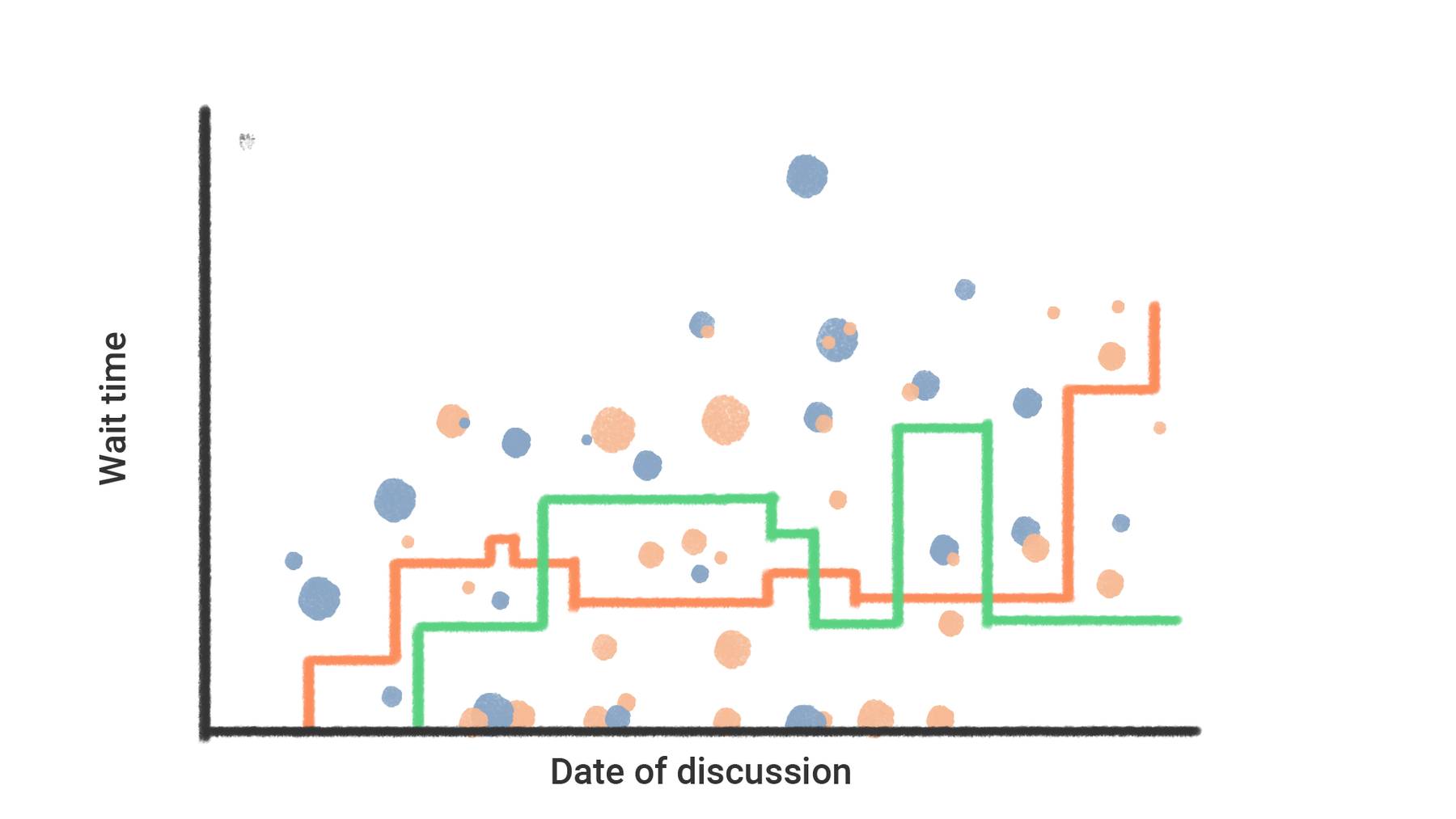Remeet is a fundamentally new approach to communication for distributed teams
Meetings as we know them are the product of an environment that assumes workers are in the same physical location and have the same 9 to 5 schedule. Remeet transforms remote meetings to fit a modern distributed work culture.
All your topics at once — no more meetings scattered throughout the day
Sync hour is the new daily meeting routine for your team: one (or more, if you must) hours a day dedicated to shorttopics with your colleagues. This makes distractions caused by meetings and scheduling a thing of the past, and boosts team productivity.
All your topics scheduled (and rescheduled) automatically
Stop wasting time juggling your calendar. Just tell Remeet what you need to talk about, who you need to talk to, and how long the conversation needs to be (hint: it’s shorter than you think). Remeet does the rest.
Topics don’t compete with work
Finding a time that works for everyone isn’t easy, especially across time zones.
Remeet’s dynamic scheduling algorithm makes topics compete with each other for the limited hours allocated for all your topics. As a result, everyone gets a predictable amount of uninterrupted time to focus on tasks.

Short single-topic meetings
With no manual scheduling, you no longer need meetings that cover multiple topics. Every topic becomes its own short and focused meeting. As a result the median duration of meetings on Remeet is 10 minutes, with many as short as 5 minutes.
You’ll never have to write another meeting agenda (that will end up being ignored) again, just sit back and watch your automated calendar become your personalized agenda.
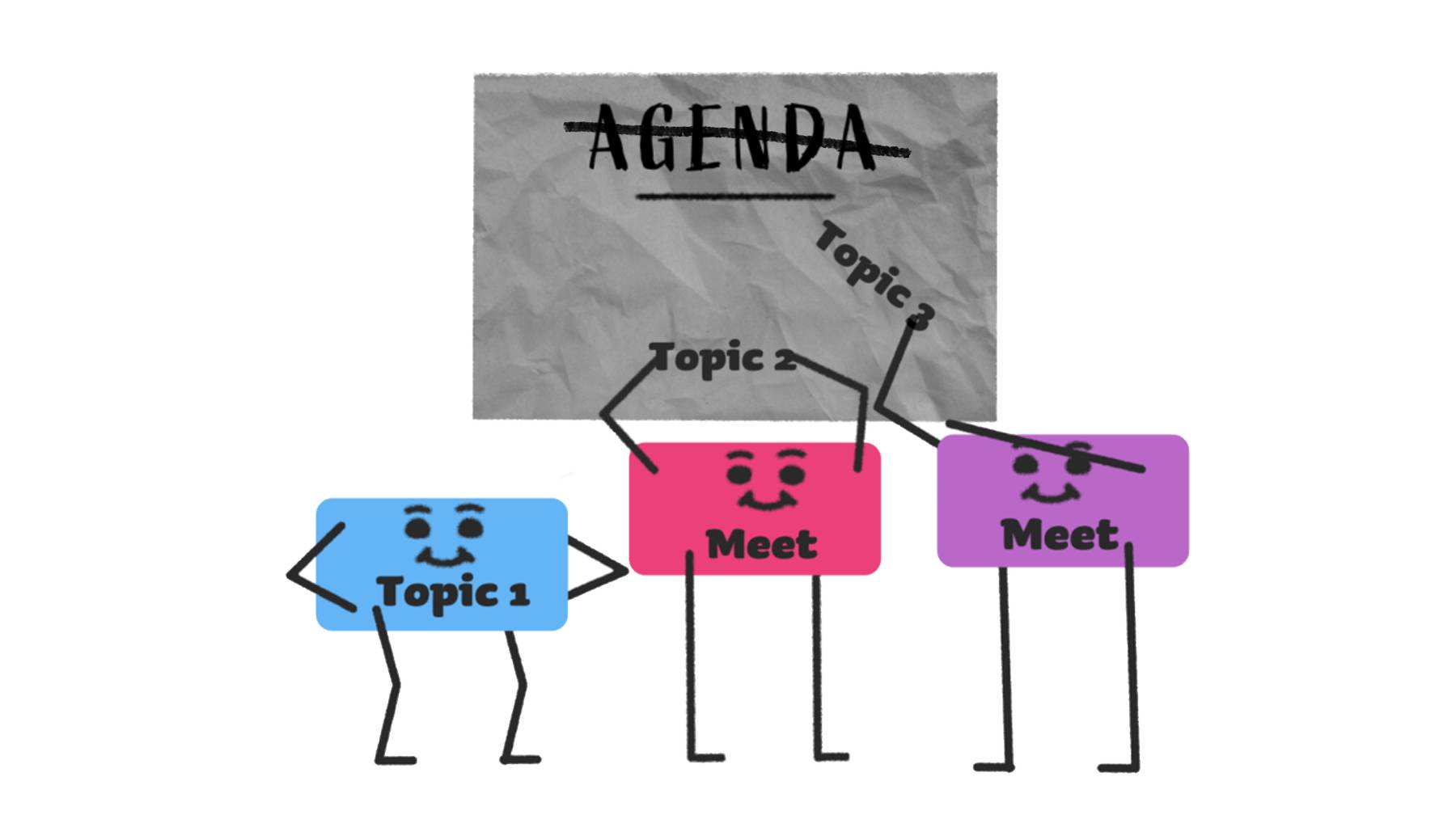
Mindful experience
Traditional multi-topic remote meetings invite multitasking; people don’t focus on discussions that are irrelevant to them. This creates a bad habit of constantly doing something else during meetings — as a result it makes it hard for our brains to focus even when it’s necessary. This causes anxiety, meeting fatigue, and dissatisfaction with synchronous communication.
By eliminating multi-topic meetings, Remeet helps everyone stay engaged and enjoy every meeting (really). This level of engagement leads to high levels of meeting productivity and amazing team results.

Flow through topics
A flow state is when your brain is at its peak level of productivity and you experience happiness.
With a clearly separated calendar you are a lot more likely to experience flow during working hours and even during sync hours — making your workday both more satisfying and more productive.
Our users routinely flow through 4-6 topics in a single sync hour hour in a stress-free and satisfying experience.
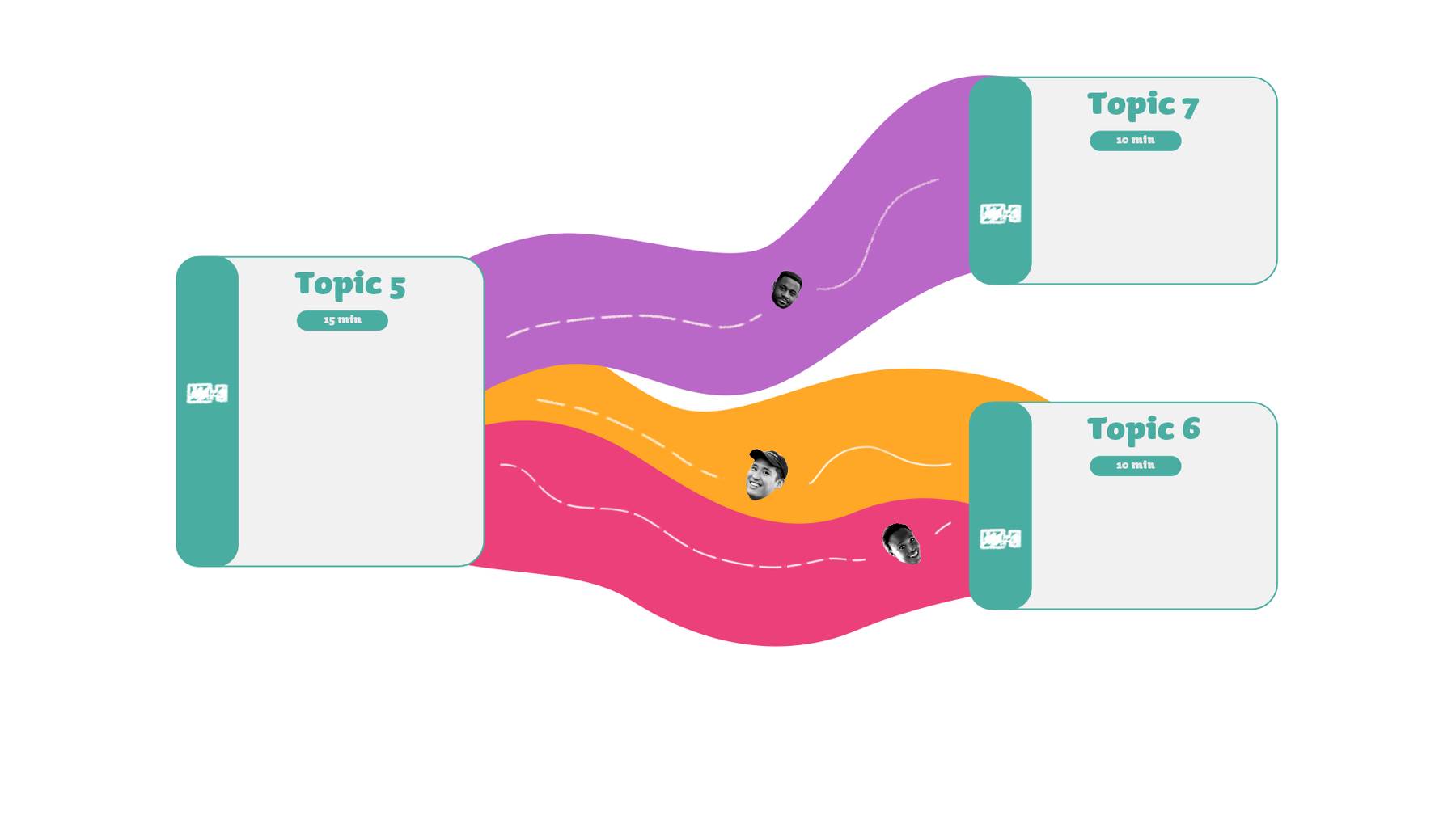
Everyone comes prepared
Forget about meetings with people coming unprepared, or not realizing they needed to prepare. When you create a topic, you can indicate which participants need to prepare and it won’t be scheduled until they do.
If you are familiar with the Silent Start technique from Amazon, this is the same idea, taken further and made asynchronous.
Higher transparency with fewer participants
There is a tendency to over-invite people to meetings to increase transparency and inclusion, but the result is disastrous for both meetings and productivity. With Remeet, topics are transparent by default — recorded and shared in Slack channels with notes (unless users make the topic sensitive). There is no need to invite anyone as a courtesy or ‘just in case’ — they can participate in every discussion asynchronously.

More inclusive team environment
Remeet practically eliminates the role of meeting organizer, and democratizes access to the calendar. The calendar is no longer pre-filled by immovable weekly meetings with their own agendas. With Remeet anyone can schedule a topic with anyone else regardless of job title or organizational status — it just happens and our users love it.

The Maker’s & Manager’s schedule conflict is finally resolved
Remeet is the first solution to address the fundamental conflict between what Paul Graham calls the maker’s schedule and the manager’s schedule. With Remeet it’s simple: makers accept just a single sync hour a day, and managers can accept two, three or more.
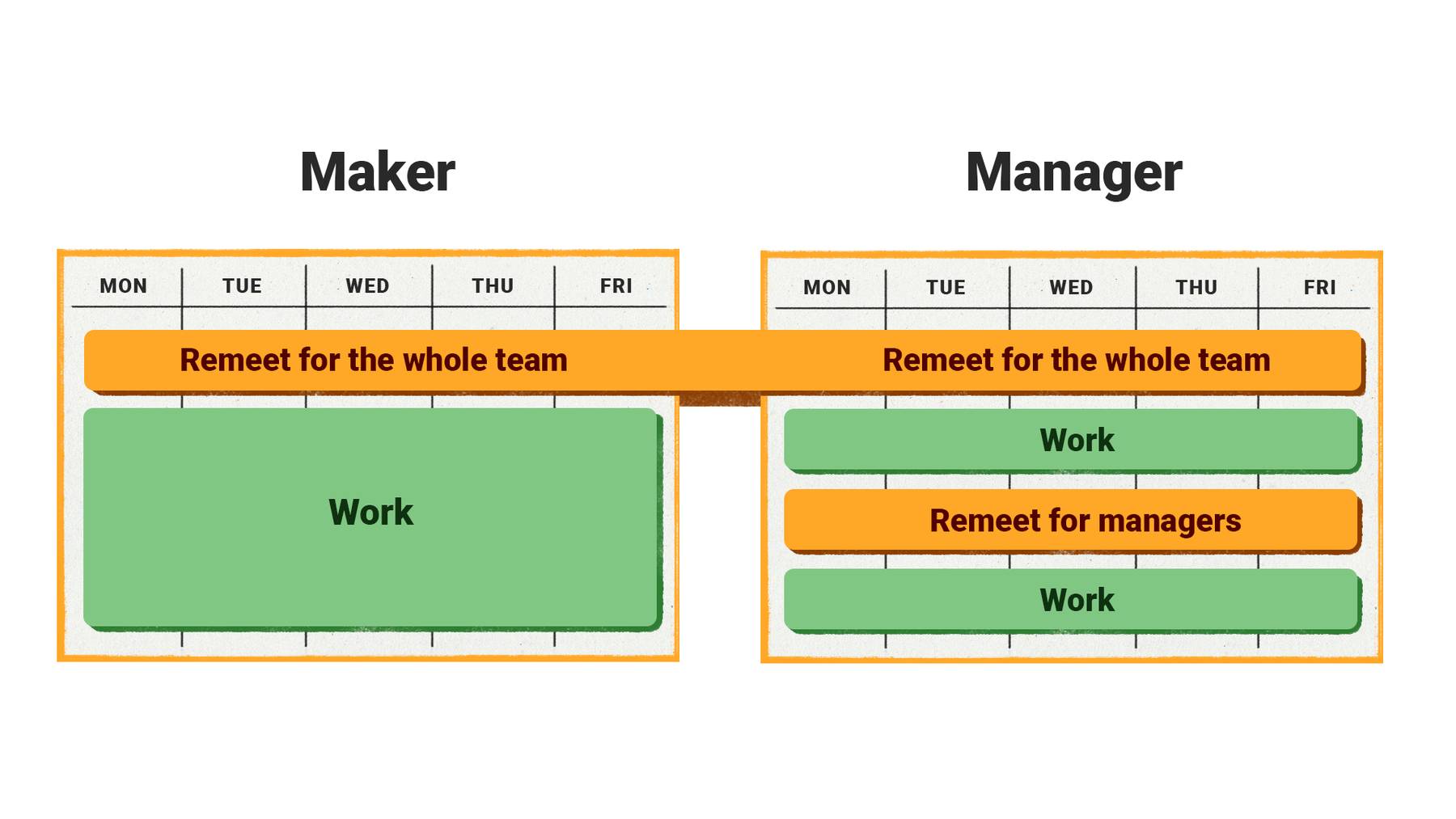
Remeet provides a team meeting experience that’s 10x more efficient than anything that can be accomplished with existing tools.
No need to ask for availability or permission to schedule a meeting
Teams are built on trust, and we trust every individual to do what they think is best. There’s no need for the Accept/Tentative/Decline buttons for every topic. With Remeet, people accept sync hours, and topics just happen when someone needs them.

Forget about scheduling conflicts and no-shows
Remeet’s scheduler guarantees no scheduling conflicts so nobody gets double-booked. Since sync hours are at the same time every day, it soon becomes second-nature and nobody forgets.
No more too early or too late meetings
If your team is globally distributed, then the “sweet spot” where the time zones intersect is probably congested and full of the regular, recurring meetings, putting every other meeting at a bad time for someone. Replace them with sync hours, and you will never have to stay up late or wake up early to be able to meet with your colleagues.
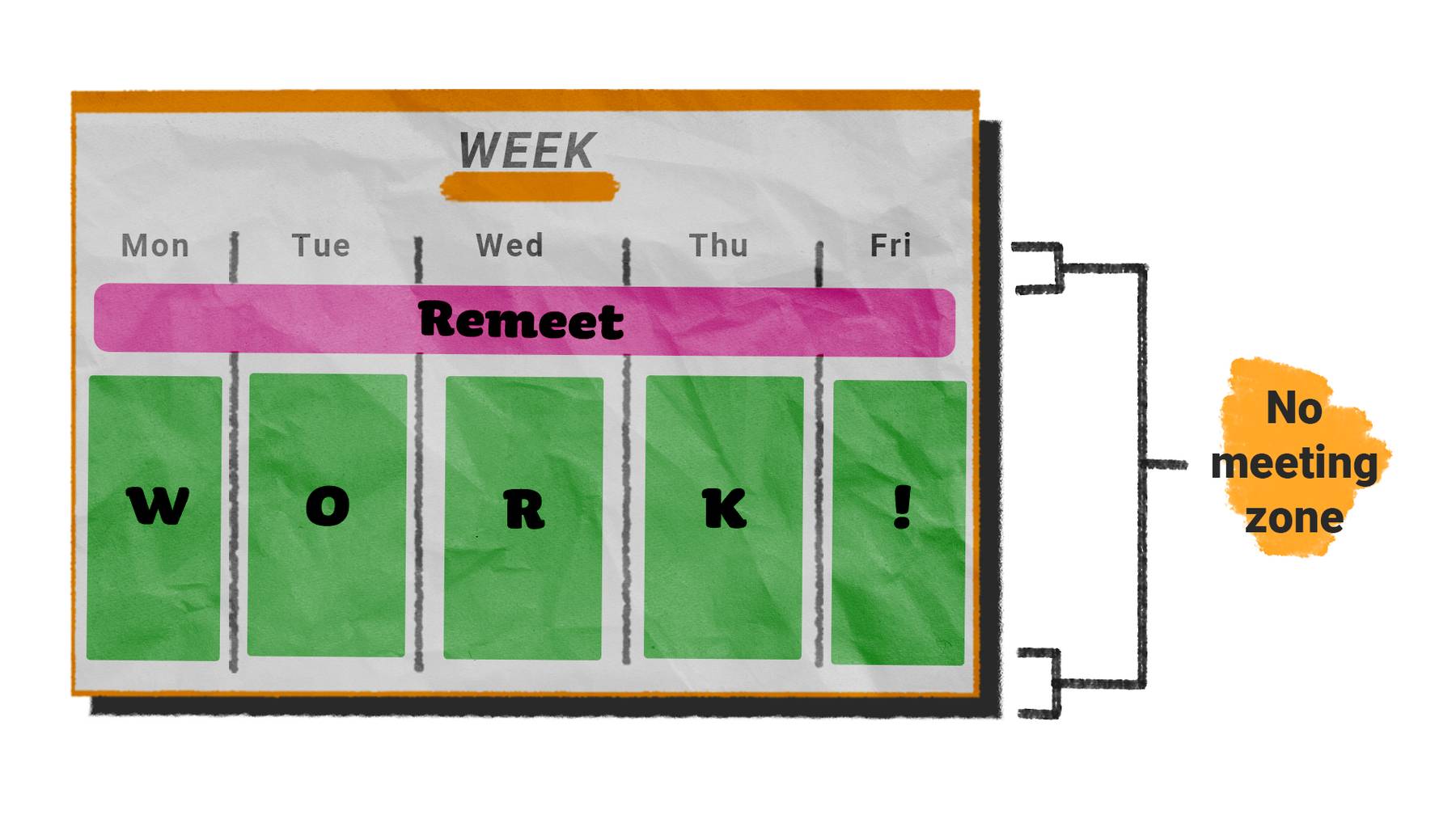
Slow down the pace of time
After a month of using Remeet, our users say they accomplish more in a 10 minute meeting than they used to in traditional 30-60 minute meetings. That’s a 5x productivity boost!
Remeet also helps everyone to be punctual. Instant transitions from one topic to another helps topics start on time, and hard stop indicators and timers help topics end on time. Showing who’s already waiting in the next meeting creates positive peer pressure to be on time.

Required attendees are really required, and optional attendees are really optional
With traditional meetings, required vs optional attendees is a distinction that very few people understand, and many ignore. With Remeet, topics are scheduled only during sync hours when required participants have already confirmed availability. Optional attendees are clearly indicated, and only invited when they have no other topics to attend.
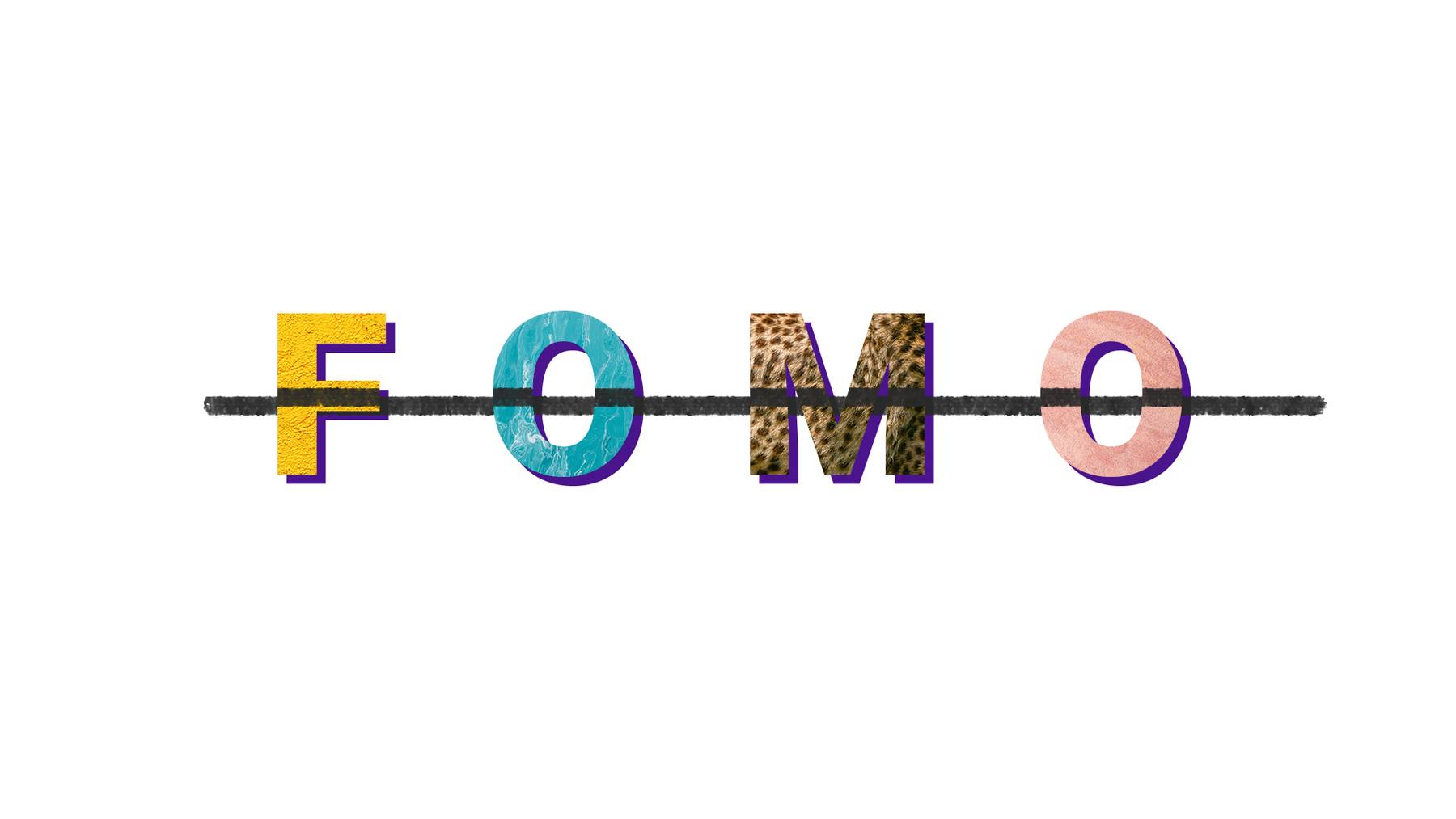
Integrated note taking
Our users love that Remeet encourages everyone to capture notes and action items by making the collaborative document a central piece of the meeting experience — right where it belongs. Notes are stored on Remeet and posted on Slack.
Every recording is also automatically transcribed and summarized.
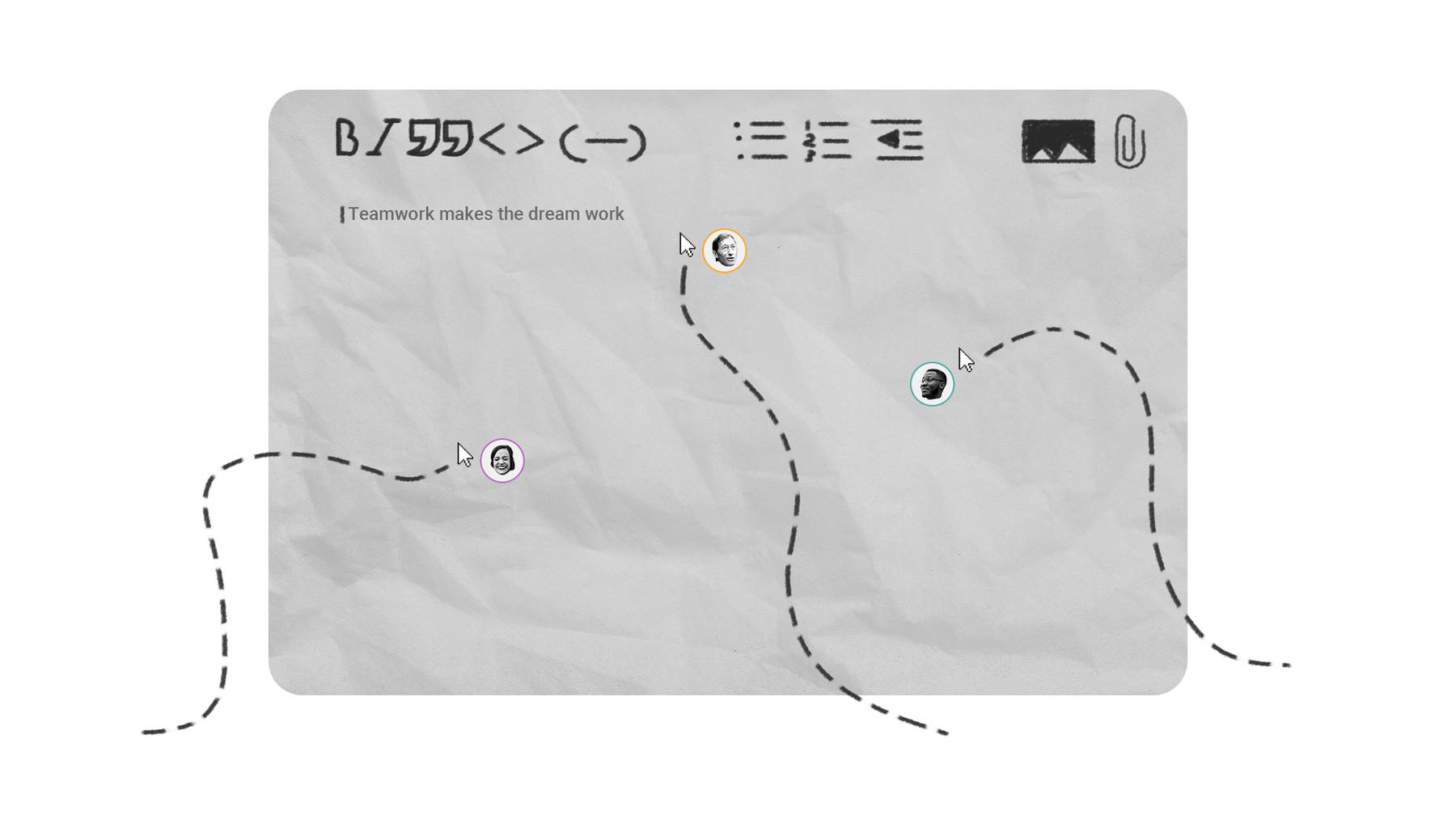
Recordings that people actually watch
Traditional meetings are long, and often recorded but rarely watched. Most recordings on Remeet are between 5 and 15 minutes of very engaged discussion. 40% of Remeet users watch at least one recording a week — something that just doesn’t happen with traditional remote meeting recordings.
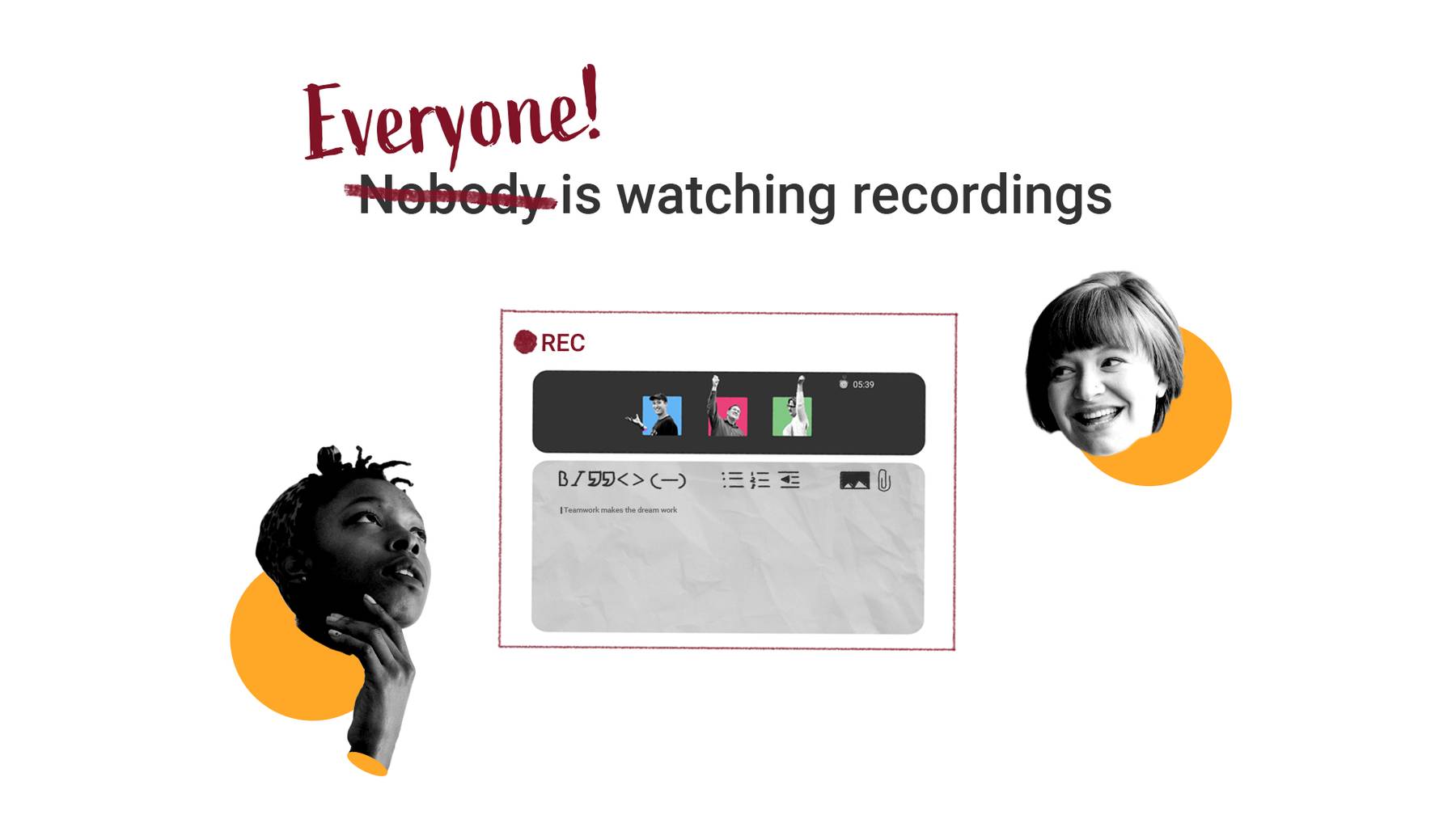
No meeting is lost with Remeet
No need to invite people to listen in just so they can be in the loop, and no need to schedule another meeting just to propagate knowledge. Remeet shares the recording and voice transcription with everyone on the Slack channel so the content can be easily accessed by anyone who needs it.
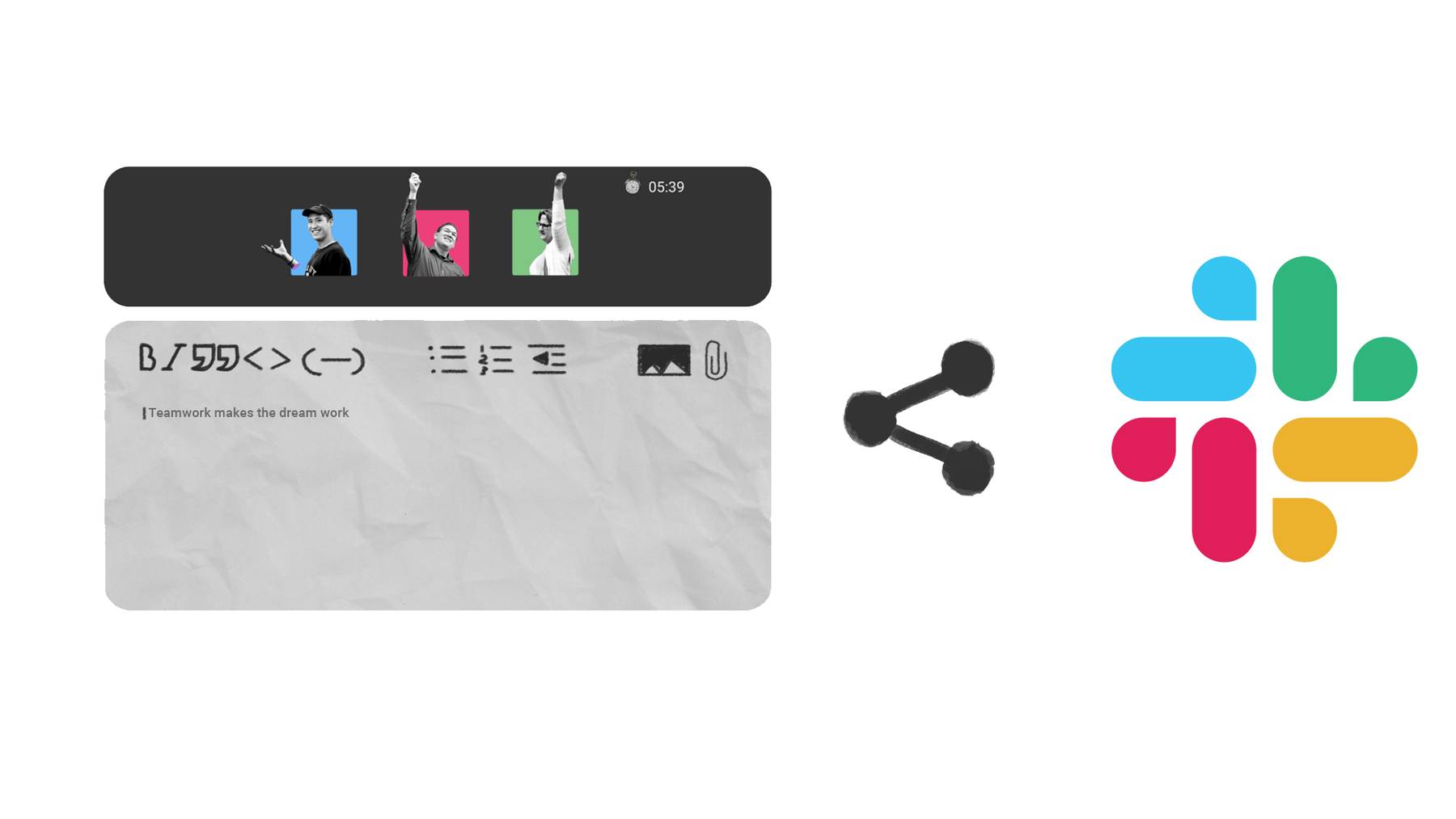
Topics are searchable
Now everyone can search previous topics before scheduling a new one. You can search for a topic title, notes, or transcription, and filter by participants.
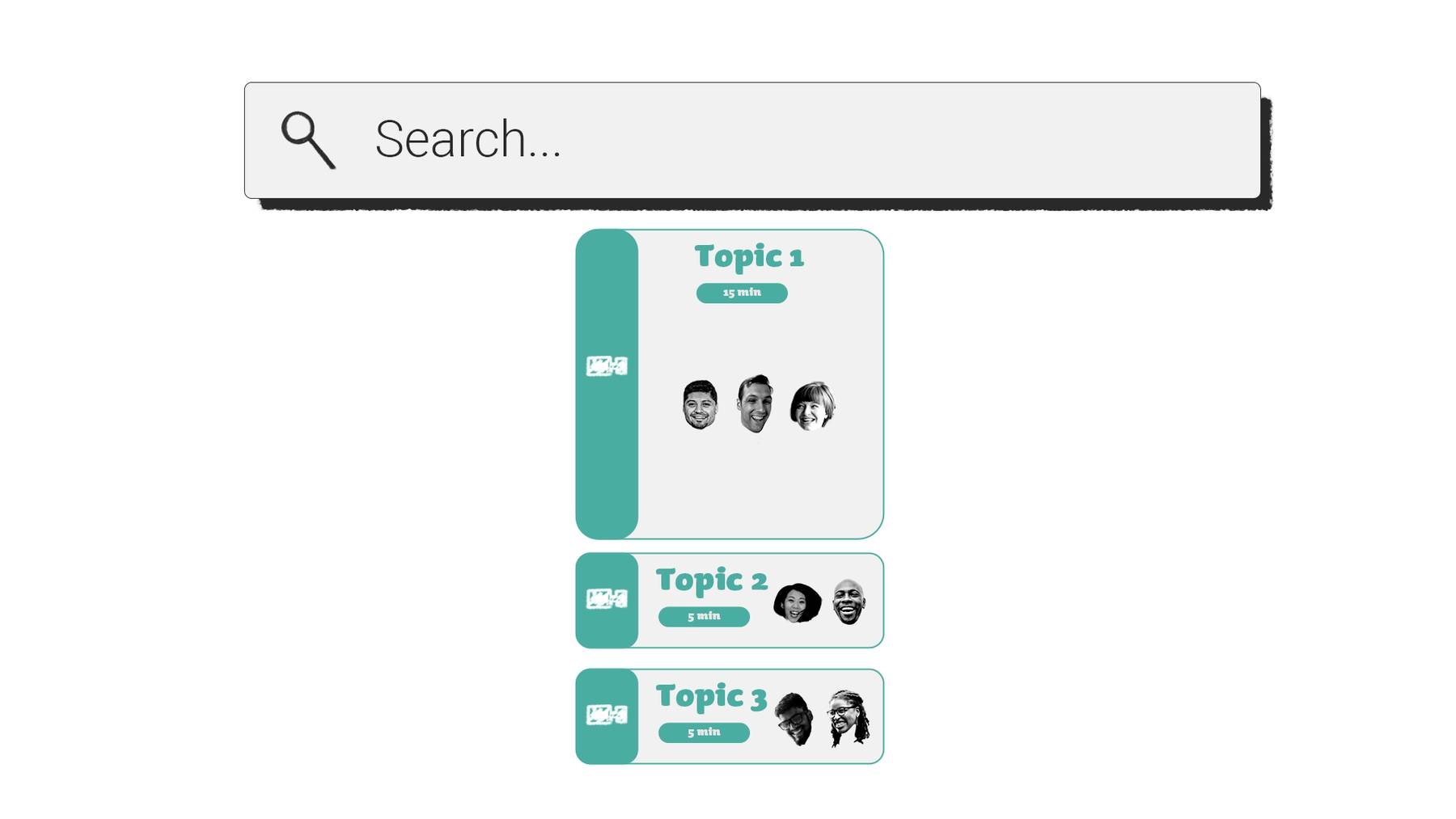
Random small talks to boost morale and innovation
One of the things we miss out on working from home is the random, informal, (yet sometimes productive and inspirational) social interactions with colleagues. Remeet uses gaps between topics to schedule random “small talk” sessions with colleagues to socially bond and boost innovation.
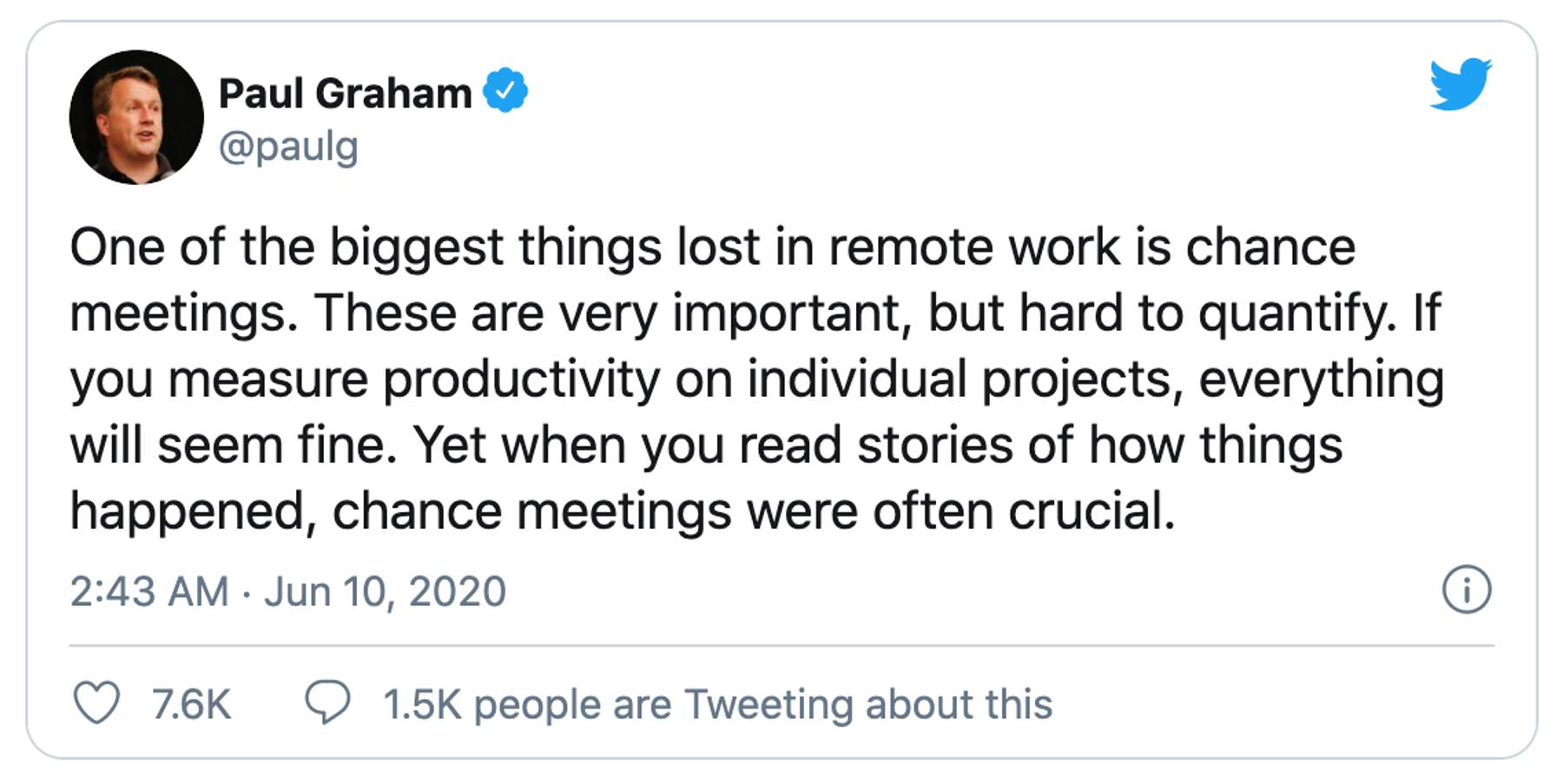
Optimize meetings at organization scale
Meetings are a common bottleneck in large organizations.Remeet eliminates many factors that lead to bottlenecks and gives you tools to analyze topic backlog, waiting time report, and network charts.
